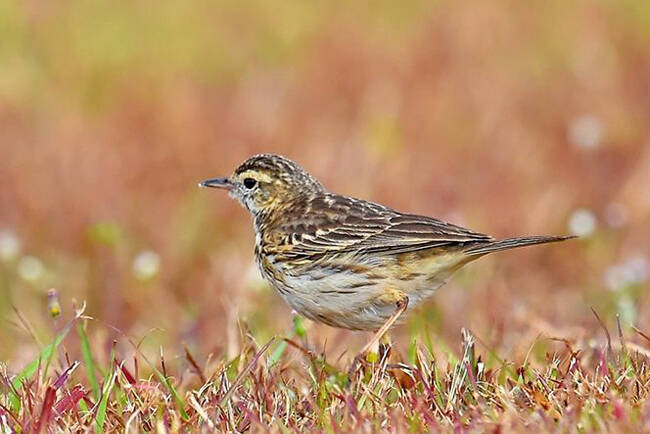Mirafra javanica
IUCN
LCBasic Information
Scientific classification
- name:Mirafra javanica
- Scientific Name:Mirafra javanica,Australasian Lark
- Outline:Songbird
- Family:Passeriformes Laridae S.Lark
Vital signs
- length:13-14cm
- Weight:10-15g
- lifetime:20-30years
Feature
The body feathers are mainly reddish brown, and the crown is brown with many black markings.
Distribution and Habitat
Existing (resident birds): Australia, Benin, Burkina Faso; Cambodia, Cameroon, Chad, China, Eritrea, Ethiopia, India, Indonesia, Kenya, Lao People's Democratic Republic, Mali, Mauritania, Myanmar, Nepal, Niger, Nigeria, Oman, Pakistan, Papua New Guinea, Philippines, Saudi Arabia, Senegal, Somalia, South Sudan, Sudan, United Republic of Tanzania, Thailand, East Timor, Togo, Uganda, Vietnam and Yemen.
Existing (non-breeding): Gambia.
Mainly inhabits open and flat grasslands, farmlands, pastures, wilderness and other lowlands, and also appears in sparse forest grasslands and dry rice fields at the edge of forests.
Appearance
Male and female songbirds have similar plumage colors. The body color varies greatly, generally the upper body is dark brown with dark brown vertical stripes. The wings are brown with brown feather edges. The primary coverts, primary flight feathers and outer secondary flight feathers are dark brown. The brown feather edges are particularly broad and conspicuous, especially when flying. The brown color is more obvious. The eyebrow lines and eyes are first brown and white, the cheek and ear coverts are brown with brown end spots; the tail is short, dark brown, the outermost tail feathers are mainly yellow and white, the second pair of outer tail feathers only have yellow and white outer skin, and the central tail feathers have brown edges. The chin and throat are white or the skin is yellowish white, the rest of the lower body is light yellow or light brown, and the throat and chest have dark brown feather rachis patterns.
The iris is brown, the corners of the mouth are brown, and th
Details
The Australasian Lark is a small songbird with 16 subspecies.

The song lark often moves alone or in pairs, and sometimes in small groups. It is lively and often runs and jumps on the ground. Sometimes it flies straight into the air from the ground. When it reaches a certain height, it spreads its wings and trembles in the air, or it floats back and forth. It is very good at chirping, chirping while flying, and its chirping is crisp and melodious. After flying and chirping in the air for a while, it suddenly drops down. Its behavior is very similar to that of the skylark, but its flying ability and chirping are weaker than those of the skylark, and its flying height and distance are not as good as those of the skylark.
The breeding season of the song lark is from May to July. It nests in the grass on the ground, and some nest in the grass in rice fields and ditches. The nest is relatively hidden, mainly composed of dead grass stems, grass leaves and fine roots. Each nest lays 2-4 eggs. The eggs are white, green or gray, with more dark brown spots. The size of the eggs is 17.8-20.7 mm × 13.9-15.3 mm, with an average of 19.7 mm × 14.6 mm.
The song lark is only found in a few places in China, such as Guangdong and Guangxi. The number is extremely rare and it is a rare species.
Listed in the "Red List of Endangered Species of the World Conservation Union" (IUCN) 2016 ver 3.1-Least Concern (LC).
Listed in China's "National Key Protected Wildlife List" (February 5, 2021) Level 2.
Protect wildlife and eliminate game.
Maintaining ecological balance is everyone's responsibility!








